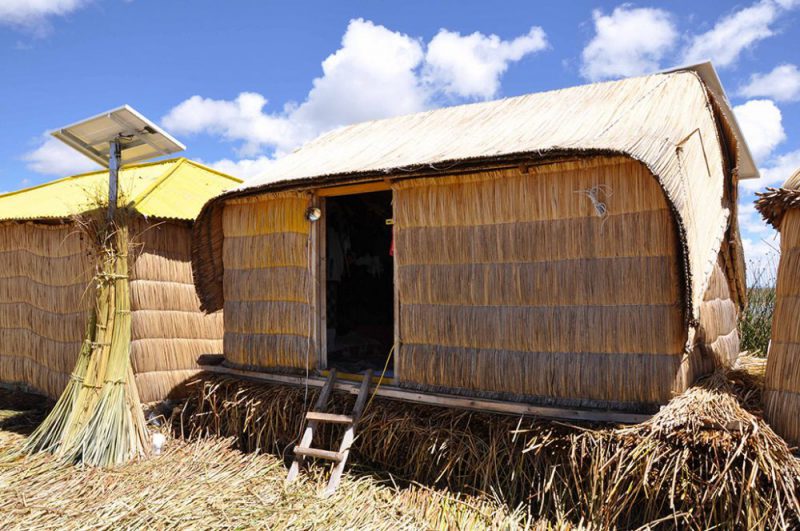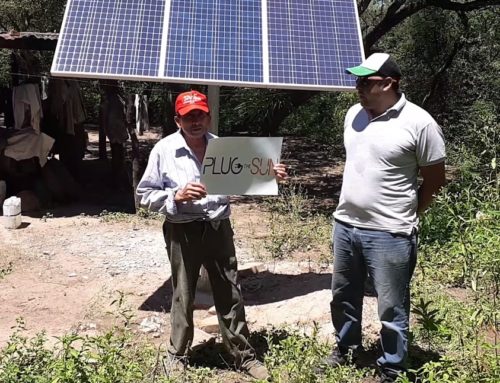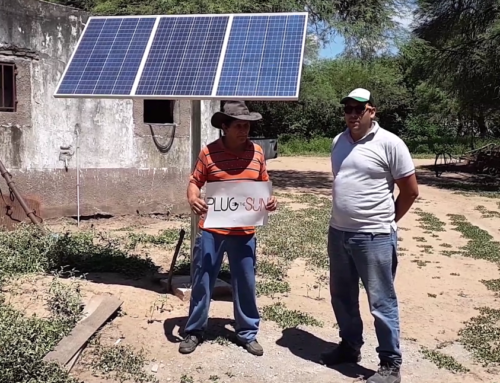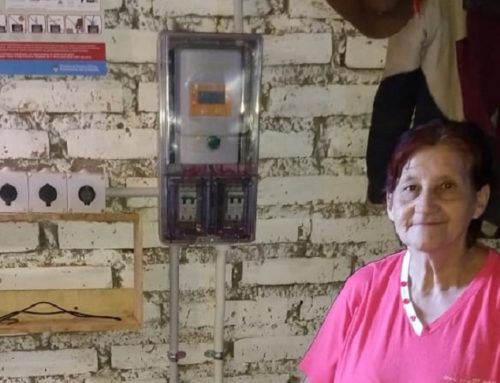The cost of energy democracy
World Bank data states that 1.5 billion people in the world cannot get electricity from the traditional grid and that the cost of investment to provide such a service is too high for government spending. But off-grid solutions are becoming more competitive every day, offering enormous savings.
This issue is extremely sensitive in areas such as Sub-Saharan Africa, Central and South America, South Asia or in the big city suburbs of developing countries.
For instance, in India about 400 million people have no access to the electrical grid (48% of the rural population).
According to World Bank research, in many cases the areas which are still without electricity are far away from main electrical infrastructures and governments are at a dead end due to the prohibitive costs.
In 2000, the international institution estimated the basic cost of bringing the “traditional” grid to all areas of developing countries: figures rangesrange from $ 8,000 – $10,000/km, but this figure can soar to $ 22,000 dollars in difficult terrain. Some developing countries are spread over several islands (for instance Indonesia) and the cost may increase further when new power plants need building.
World Bank estimates do not take into consideration the cost of building power production infrastructures, grid maintenance, local grid construction etc..
So, in the case of a 100-km power line to take electricity to a distant village, estimates point to a minimum investment of $ 2.2 million just to reach one village not on the traditional electric grid.







